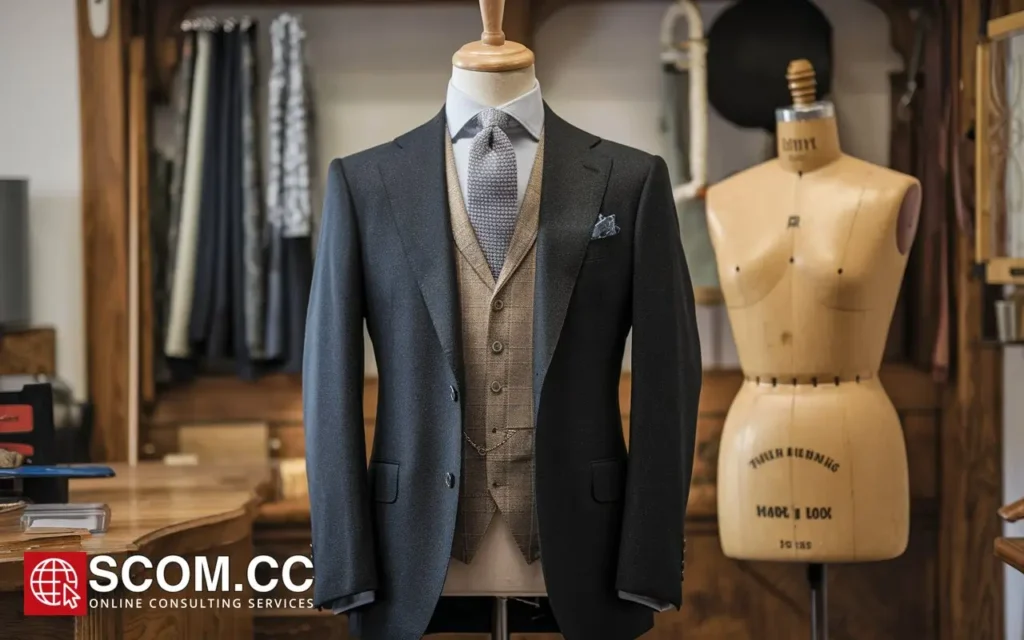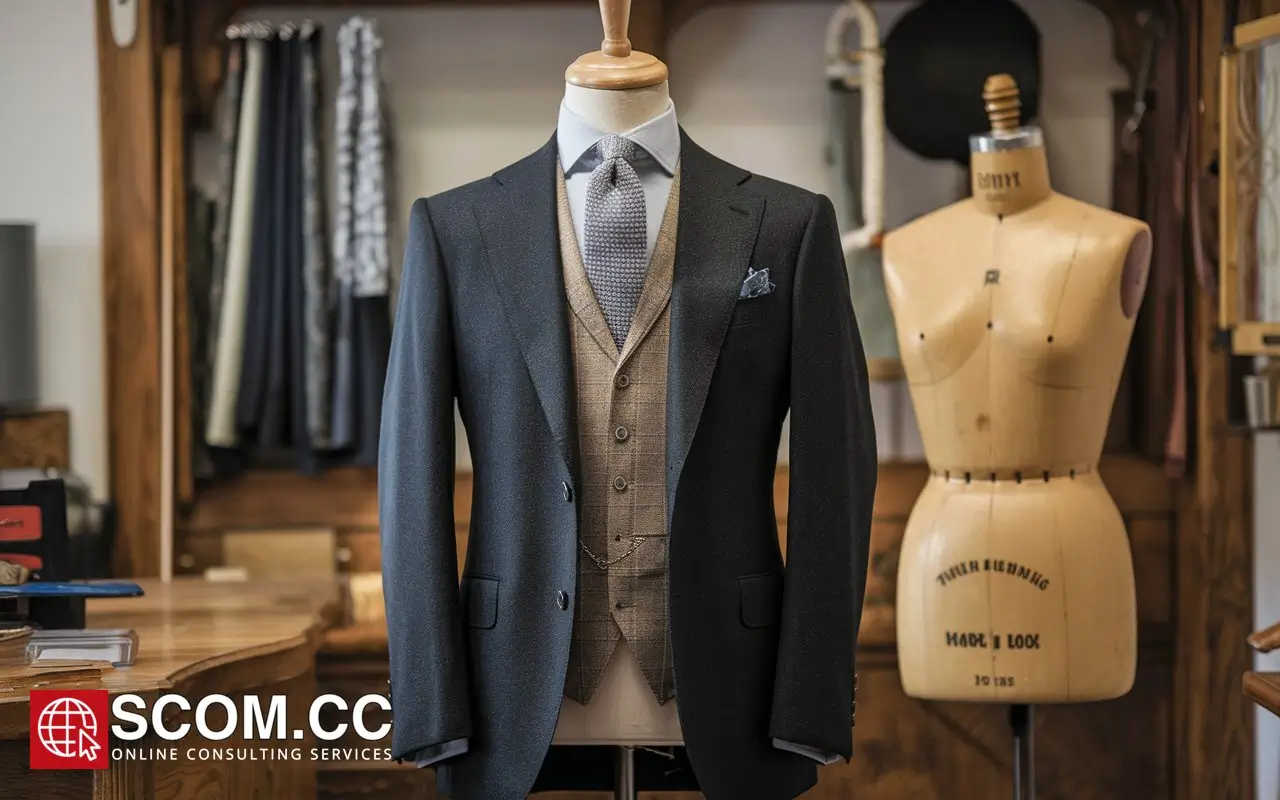Who Were the Pioneering Tailors That Shaped Modern Fashion?

- Who Were the Pioneering Tailors That Shaped Modern Fashion?
- Charles Frederick Worth: The Father of Haute Couture
- Paul Poiret: The King of Fashion and the Creator of Modern Silhouettes
- Coco Chanel: The Iconoclast of Women's Fashion
- Christian Dior: The Architect of the New Look
- Yves Saint Laurent: The Modern Innovator
- Giorgio Armani: The Master of Italian Elegance
- Summary Table
-
FAQ
- 1. Who is considered the father of haute couture?
- 2. What was Paul Poiret known for in fashion?
- 3. How did Coco Chanel change women’s fashion?
- 4. What was Christian Dior’s New Look?
- 5. What innovations did Yves Saint Laurent bring to fashion?
- 6. How did Giorgio Armani influence modern menswear?
- 7. What legacy did these pioneering tailors leave on fashion?
- Conclusion: The Legacy of Tailoring Pioneers
Who Were the Pioneering Tailors That Shaped Modern Fashion?
Introduction to the Pioneers of Tailoring
The world of fashion has been profoundly shaped by pioneering tailors whose vision, craftsmanship, and innovation set new standards and created enduring legacies. These influential figures were instrumental in shaping the trajectory of modern fashion, transforming tailoring from a practical necessity into an art form. This article delves into the lives and contributions of these remarkable tailors who laid the groundwork for contemporary fashion.
Charles Frederick Worth: The Father of Haute Couture
The Beginnings of Haute Couture
Charles Frederick Worth (1825–1895), an English tailor, is often hailed as the father of haute couture. Worth's journey began in London, but it was in Paris where he established his revolutionary fashion house. His approach to tailoring was groundbreaking: he introduced the concept of seasonal collections, where garments were designed and presented according to the latest trends.
Innovations and Influence: Worth's innovations included the use of luxurious fabrics, meticulous handwork, and unique designs. His fashion house became a template for haute couture, setting standards for bespoke tailoring and influencing future generations of designers. Worth’s work was characterized by his attention to fit and detail, marking a significant departure from the ready-to-wear garments of his time.
Paul Poiret: The King of Fashion and the Creator of Modern Silhouettes
Breaking Away from the Corset
Paul Poiret (1879–1944) was a French fashion designer known for his avant-garde approach to tailoring and fashion. Poiret’s designs were revolutionary, particularly for his decision to eliminate the corset, which had long dictated women's fashion. This shift allowed for more fluid and relaxed silhouettes, which were a stark contrast to the rigid, structured garments of the 19th century.
Contributions and Legacy: Poiret is credited with popularizing the kimono sleeve, harem pants, and exotic influences in his designs. His fashion house was known for its artistic flair and elaborate presentations, which were as much about performance as they were about clothing. Poiret’s influence extended beyond fashion to interior design and perfume, showcasing his broad impact on style and aesthetics.
Coco Chanel: The Iconoclast of Women's Fashion
Redefining Elegance and Simplicity
Coco Chanel (1883–1971) is one of the most iconic figures in fashion history. Chanel’s approach to tailoring was rooted in elegance and simplicity, departing from the elaborate and ornate styles prevalent in her time. Her designs emphasized comfort, functionality, and chic simplicity, which resonated with modern women seeking both style and practicality.
Trailblazing Designs: Chanel introduced several key elements to women's fashion, including the little black dress, chanel suit, and the boucle jacket. Her use of tweed, jersey, and liberating cuts changed how women dressed, making her an enduring influence in the world of tailoring and fashion.
Christian Dior: The Architect of the New Look
Post-War Fashion Revolution
Christian Dior (1905–1957) is celebrated for his transformative impact on fashion in the post-World War II era. His debut collection in 1947, known as the New Look, marked a dramatic shift from the utilitarian styles of wartime to a return to opulence and femininity.
Iconic Designs and Impact: The New Look featured a nipped-in waist and a full, flowing skirt, which emphasized an hourglass silhouette. Dior’s meticulous attention to fit and detail in his tailoring, combined with luxurious fabrics and elegant design, revolutionized women's fashion and redefined post-war glamour. His influence extended to ready-to-wear collections and accessories, making him a significant figure in modern fashion.
Yves Saint Laurent: The Modern Innovator
Breaking Gender Norms and Introducing Ready-to-Wear
Yves Saint Laurent (1936–2008) was a French fashion designer known for his innovative and modern approach to tailoring. His career was marked by a series of pioneering designs that challenged traditional norms and introduced new concepts to fashion.
Key Contributions: Saint Laurent is credited with popularizing ready-to-wear fashion, making high-quality, stylish clothing accessible to a broader audience. His designs, such as the trouser suit for women and le smoking jacket, broke gender boundaries and showcased his commitment to modernity and elegance. Saint Laurent’s work emphasized versatility and innovation, making him a key figure in the evolution of contemporary tailoring.
Giorgio Armani: The Master of Italian Elegance
Redefining Modern Menswear
Giorgio Armani (born 1934) is an Italian designer renowned for his influence on modern menswear. Armani's design philosophy emphasizes clean lines, tailored elegance, and understated sophistication.
Design Innovations: Armani's introduction of the unstructured jacket and soft tailoring revolutionized men's fashion, making it more relaxed and approachable while maintaining a sense of refinement. His approach to fabric and fit set new standards for luxury menswear and solidified his reputation as a master of Italian tailoring.
Summary Table
| Tailor | Period | Key Contributions | Innovations |
|---|---|---|---|
| Charles Frederick Worth | 19th Century | Father of haute couture; introduced seasonal collections and bespoke tailoring. | Luxurious fabrics, handwork, unique designs. |
| Paul Poiret | Early 20th Century | Eliminated corsets; introduced kimono sleeves and harem pants. | Fluid silhouettes, exotic influences. |
| Coco Chanel | Early to Mid 20th Century | Revolutionized women’s fashion with simplicity and comfort. | Little black dress, Chanel suit, boucle jacket. |
| Christian Dior | Mid 20th Century | Created the New Look, emphasizing feminine silhouettes post-WWII. | Nipped-in waist, full skirts, opulence. |
| Yves Saint Laurent | Late 20th Century | Popularized ready-to-wear; introduced trouser suits for women. | Trouser suits, le smoking jacket, modern versatility. |
| Giorgio Armani | Late 20th Century to Present | Redefined modern menswear with clean lines and soft tailoring. | Unstructured jackets, relaxed yet refined tailoring. |
FAQ
1. Who is considered the father of haute couture?
Charles Frederick Worth is recognized as the father of haute couture. His establishment of seasonal collections and bespoke tailoring practices laid the foundation for modern haute couture.
2. What was Paul Poiret known for in fashion?
Paul Poiret was known for his radical departure from corsets, introducing more fluid and relaxed silhouettes such as kimono sleeves and harem pants, which revolutionized women’s fashion.
3. How did Coco Chanel change women’s fashion?
Coco Chanel transformed women’s fashion by emphasizing simplicity and comfort. She popularized the little black dress, the Chanel suit, and the boucle jacket, making fashion more practical and elegant.
4. What was Christian Dior’s New Look?
Christian Dior’s New Look was a fashion revolution that emerged post-WWII, featuring a nipped-in waist and full skirts that emphasized a feminine silhouette and opulence, counteracting the wartime utilitarian styles.
5. What innovations did Yves Saint Laurent bring to fashion?
Yves Saint Laurent was pivotal in popularizing ready-to-wear fashion and breaking gender norms with designs like trouser suits for women and the le smoking jacket, which brought modern versatility to clothing.
6. How did Giorgio Armani influence modern menswear?
Giorgio Armani influenced modern menswear with his emphasis on clean lines and soft tailoring. He introduced unstructured jackets that combined relaxation with refinement, changing the approach to men’s fashion.
7. What legacy did these pioneering tailors leave on fashion?
The pioneering tailors left a lasting legacy by setting new standards in design, fit, and fabric use. Their innovations in tailoring and fashion continue to influence contemporary designers and the evolution of fashion.
Conclusion: The Legacy of Tailoring Pioneers
The pioneering tailors mentioned above have left an indelible mark on the world of fashion. Their innovative designs, techniques, and visions have shaped the trajectory of modern tailoring, influencing how we perceive and approach fashion today. Their contributions continue to inspire new generations of designers and tailors, ensuring that their legacies endure in the ever-evolving landscape of fashion.

To explore more about tailoring, visit our Blog of Tailoring. If you have any questions or need assistance, go to our contact page. Additionally, you can find more information about tailoring and consulting at this tailoring and consulting portal.

Leave a Reply